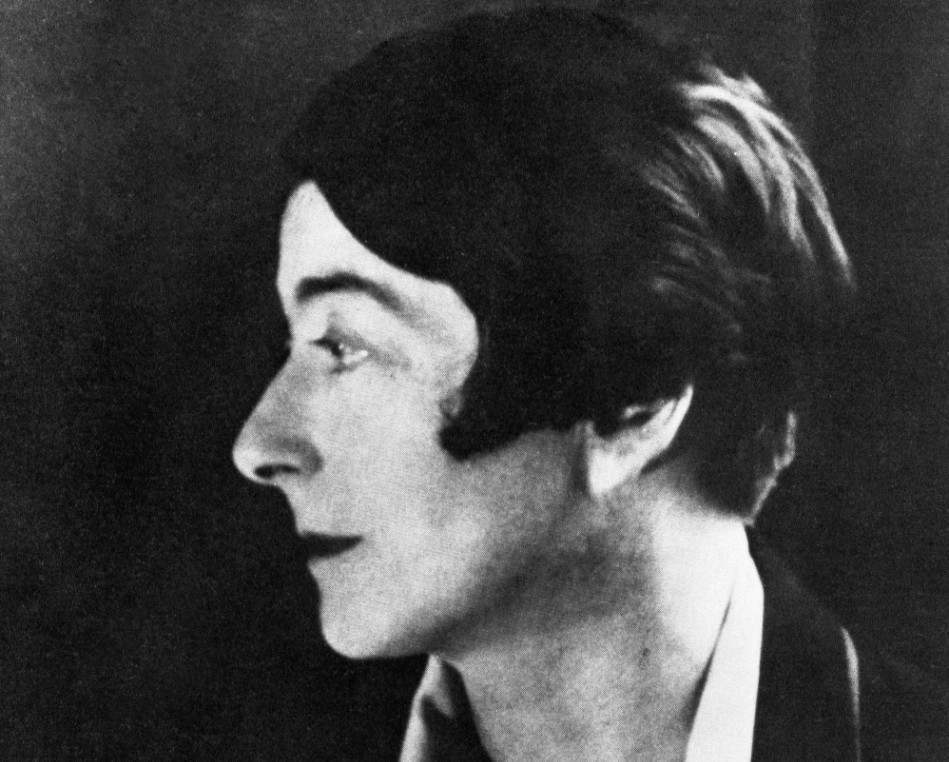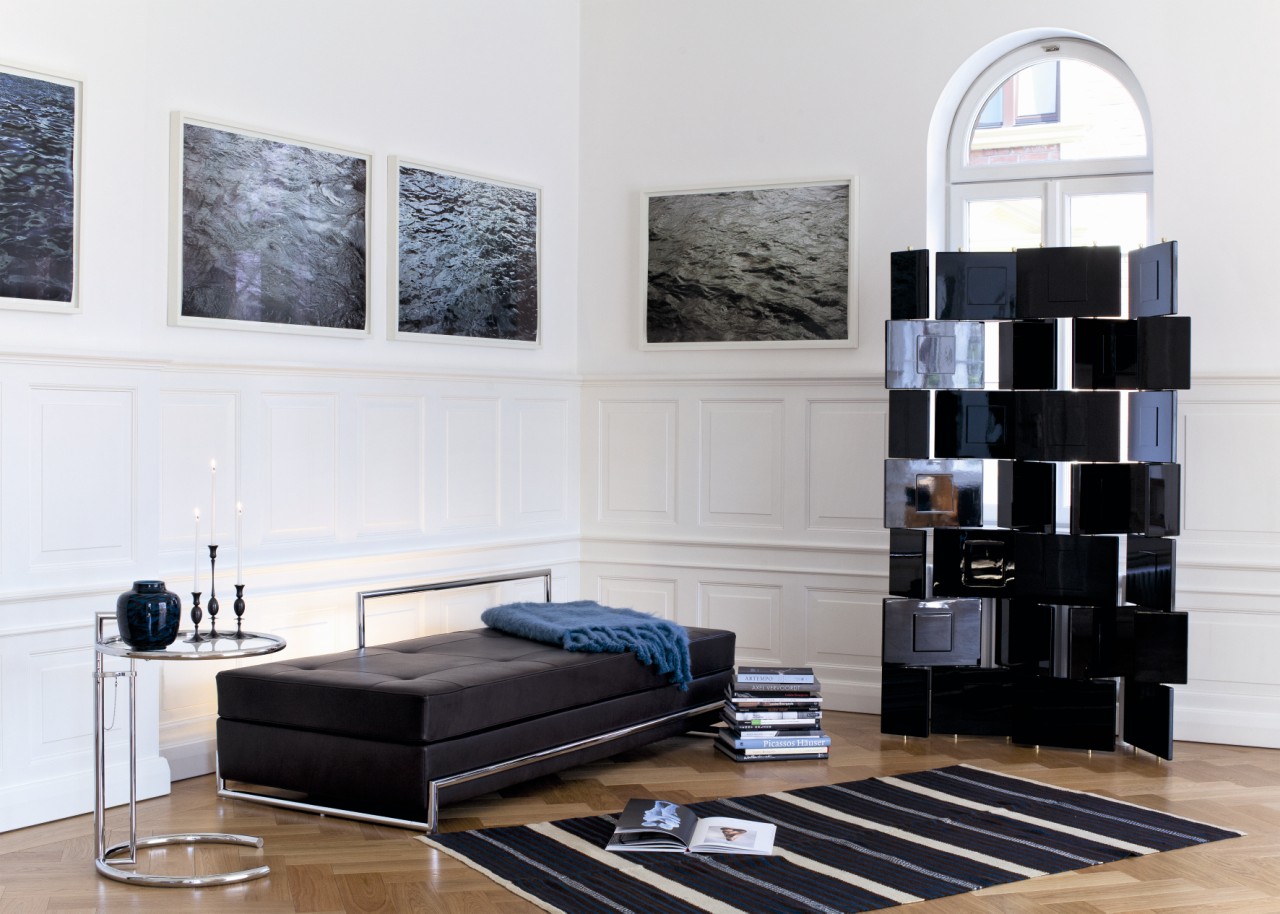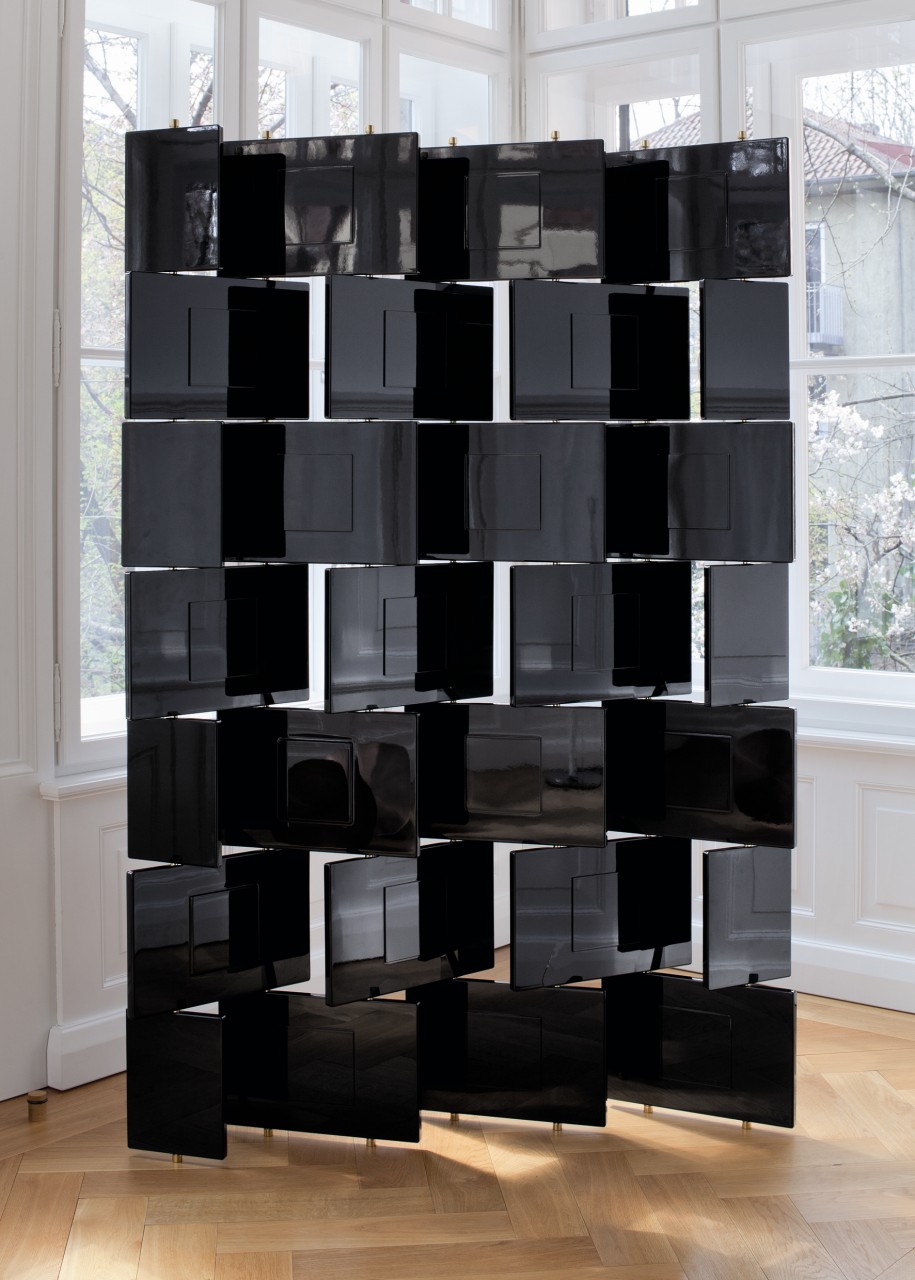Born in Enniscorthy, Ireland, she spent her childhood in London and was among the first women to be admitted to the Slade School of Art where she took up painting in 1898 before undergoing an apprenticeship in a lacquer workshop. She moved to Paris in 1902 where she quickly established herself as one of the leading designers of lacquered screens and decorative panels.
During the ‘20s and ‘30s she became one of the leading exponents of the revolutionary new theories of design and construction and worked closely with many of the outstanding figures of the modern movement, including Le Corbusier and JJP Oud. Well to the fore of this group she exhibited chrome, steel tube and glass furniture in 1925 - the same year as Mies van der Rohe and Marcel Breuer and well before Le Corbusier. Her next major contribution to design was in architecture. Encouraged by Le Corbusier and JJP Oud, she designed two houses in the Alpes Maritimes, one at Roquebrune (built 1927- 29), the other at Castellar (built 1932-34).
After the war and up to her death, she continued to work as a designer, on both major projects like the cultural and social centre which occupied her from 1946-47, and on a number of smaller furniture designs. In 1972 she was appointed a Royal Designer to Industry by the Royal Society of Art, London. Since 1978 the Museum of Modern Art in New York has in its permanent design collection the “E1027 adjustable table“.
Eileen Gray was fascinated by the beauty of traditional lacquerware. She learned the centuries-old craft from a Japanese artisan and then perfected her skills over the course of many years. Brick Screen is one of her best-known creations. She experimented with various dimensions and panel finishes. More than just a room divider, this folding screen with its understated elegance commands the presence of a sculpture. The fixed and moveable panels are lacquered by hand layer upon layer in a process that takes several weeks, each layer first allowed to dry completely, then sanded by hand and fi nally polished to an immaculate sheen. This famous piece, coveted by collectors, is part of the permanent design collection of the Museum of Modern Art in New York. Each screen is signed and given a serial number as proof of authenticity and provenance
Nickel-plated framework. Polished solid bronze shims, spacers and end caps, coated with clear varnish. Panels made of high-grade MDF with high-gloss handcrafted lacquer finish.






















